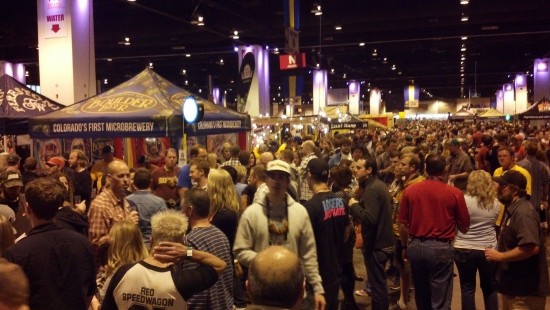Palate Press has selected our top ten stories from 2012 and will publish a 2012 Redux article each weekday until January 4, 2013. These stories highlight our featured columnists, widely recognized contributors, and most popular works published through the year. The Palate Press editorial board hopes you enjoy these highlights as we look forward to bringing you the best stories for your palate in 2013.
[box] Editor’s Note: Our Science Editor, Tom Mansell, explored the world of sour beers after a visit to the Great American Beer Festival. From fermentation to aging, Tom described sour beers as a bridge between the beer and wine worlds. This article is a must read for wine drinkers and beer drinkers alike who feel they just “don’t get” the other side. –Ryan Reichert, Managing Editor[/box]
Sour beers, with their bright acidity and vinous, funky qualities, start to bridge the gap between beer and wine. It took a trip to the Great American Beer Festival and several brewery visits (just to be sure…) for me to get a grasp on the movement that presents beer, tarted up a bit.
How to make sour beer
With a few exceptions, the start of a sour beer proceeds like that of a normal beer, with primary (alcoholic) fermentation done with the brewery’s Saccharomyces cerevisiae strain of choice. Pale, red, and even dark beers can be used as a base.
After primary fermentation, the beer is transferred for secondary fermentation (acidification), often in oak barrels. Wild yeasts and bacteria living in the barrels or added by brewers can eat more complex sugars than yeast (remember, the starting product in beer is malted grain, loaded with complex carbohydrates from starch breakdown). Over a period of months or even years, souring microorganisms feast on what’s left over after primary fermentation, converting leftover sugar chains to create refreshing tartness (and a little bit of funk) in the resulting brew.


